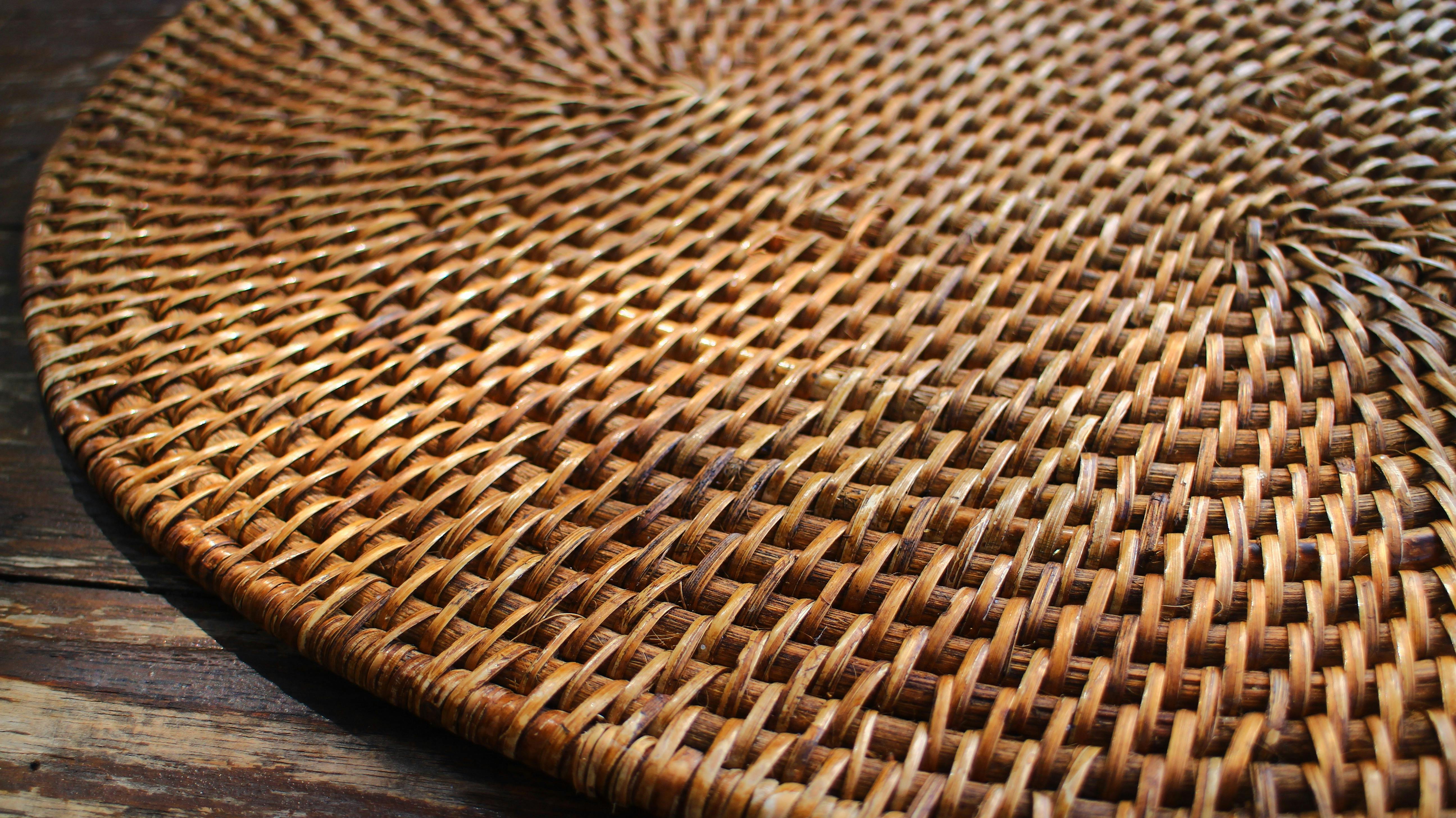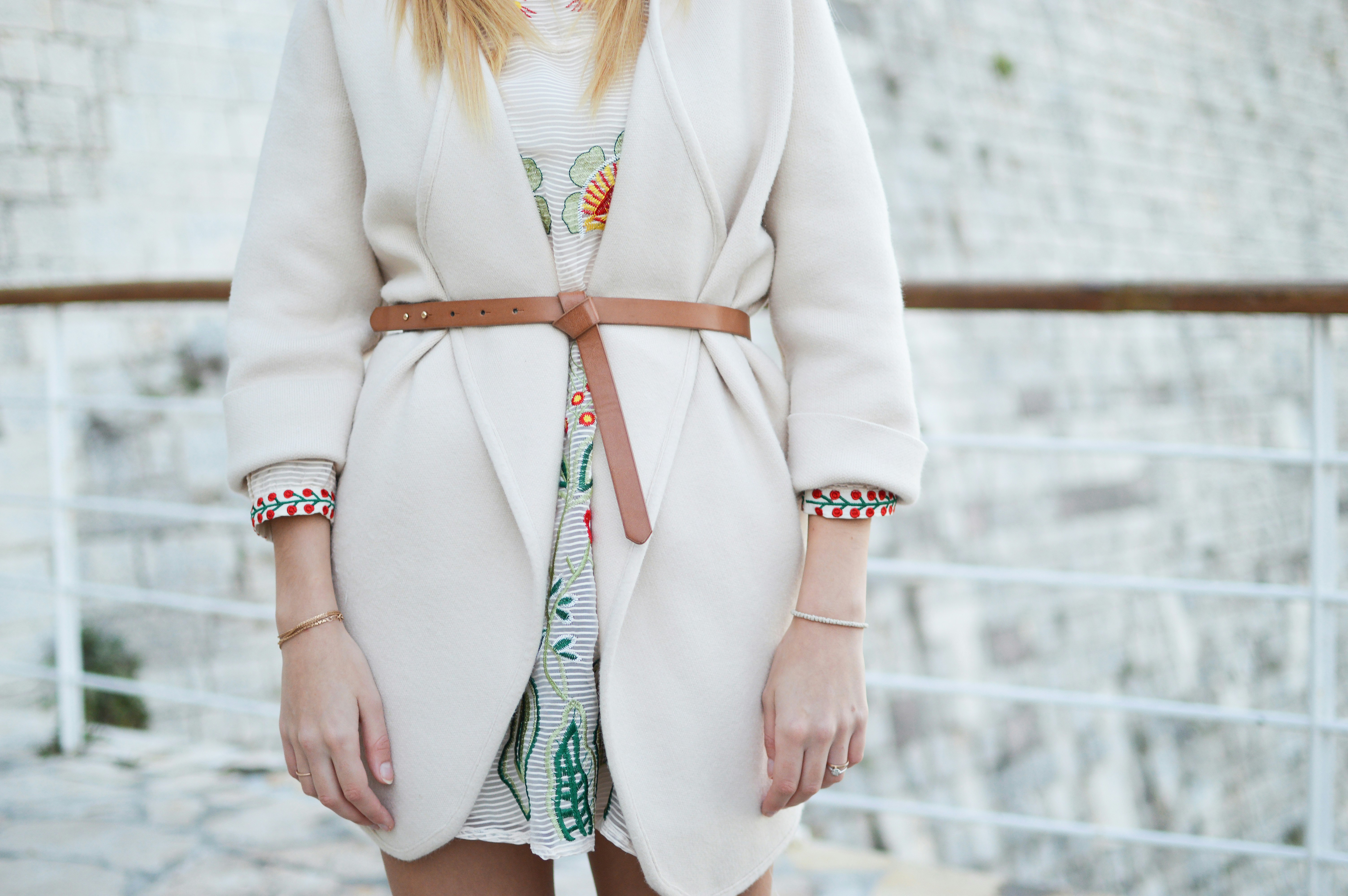The Resurgence of Rattan: Nature's Elegance Indoors
From sunrooms to living spaces, a natural material is weaving its way back into our homes. Rattan, once relegated to outdoor patios and tropical resorts, is experiencing a renaissance in interior design. This versatile plant-based material is captivating homeowners and designers alike with its lightweight durability, eco-friendly appeal, and ability to infuse spaces with warmth and texture. Let's explore how this classic element is being reimagined for modern interiors.

Today, rattan is experiencing a resurgence, driven by a desire for natural materials and a renewed appreciation for its versatility. Modern designers are reimagining rattan, moving beyond the stereotypical peacock chair to create sophisticated, contemporary pieces that blend seamlessly with various design styles.
The Versatility of Rattan in Modern Interiors
One of rattan’s greatest strengths is its adaptability. It can be woven into intricate patterns or left in its natural state for a more rustic look. This versatility allows it to complement a wide range of design aesthetics, from bohemian to minimalist.
In contemporary interiors, rattan is being used in unexpected ways. Sleek rattan room dividers create airy partitions in open-plan spaces, while rattan pendant lights cast intricate shadows, adding depth and interest to any room. Designers are also incorporating rattan into unexpected pieces like headboards, mirrors, and even kitchen cabinetry, proving that this material is no longer limited to accent pieces.
Rattan’s Eco-Friendly Appeal
As sustainability becomes increasingly important in home design, rattan’s eco-credentials are a significant draw. Rattan grows quickly and abundantly, making it a renewable resource. Unlike synthetic materials, it’s biodegradable and can be harvested without damaging the surrounding ecosystem.
Moreover, the durability of rattan means that well-made pieces can last for generations, reducing the need for frequent replacements. This longevity, combined with its natural origins, makes rattan an attractive option for environmentally conscious consumers looking to reduce their carbon footprint without sacrificing style.
Mixing Rattan with Other Materials
One of the most exciting trends in rattan’s resurgence is its pairing with other materials. Designers are combining rattan with metals, glass, and rich fabrics to create pieces that are both natural and luxurious. A rattan chair frame paired with plush velvet cushions, for instance, offers a perfect blend of comfort and visual interest.
In kitchens, rattan bar stools with sleek metal legs provide a textural contrast to smooth countertops and cabinetry. In bedrooms, rattan headboards are being adorned with soft linen canopies, creating a serene, resort-like atmosphere. These combinations allow rattan to integrate seamlessly into various design schemes, from industrial chic to modern farmhouse.
Care and Maintenance of Rattan
While rattan is known for its durability, proper care is essential to maintain its beauty and integrity. Regular dusting with a soft brush or vacuum attachment can prevent dirt buildup in the weave. For deeper cleaning, a mild soap solution and a soft cloth can be used, taking care not to oversaturate the material.
Rattan should be kept out of direct sunlight to prevent fading and brittleness. In humid environments, occasional treatment with a light coat of lacquer can help protect against mold and mildew. With proper care, rattan pieces can retain their beauty for decades, often becoming cherished family heirlooms.
Rattan in Small Spaces
For urban dwellers or those with limited space, rattan offers a lightweight, visually light alternative to bulky furniture. Rattan chairs, for instance, can be easily moved and rearranged, making them ideal for small apartments or multi-functional rooms. Hanging rattan egg chairs or swing seats can create cozy reading nooks without taking up floor space.
In small bathrooms, rattan storage baskets and shelving units provide much-needed organization while adding a natural, spa-like feel. The material’s ability to let light pass through makes it an excellent choice for small spaces, helping to maintain an open, airy atmosphere.
The Future of Rattan in Home Design
As we look to the future, rattan’s role in home design seems set to expand. Innovations in weaving techniques and treatments are making rattan more versatile than ever. Some designers are experimenting with colorful dyes, creating bold, modern pieces that retain rattan’s natural texture.
There’s also a growing trend towards using rattan in unexpected applications, such as wall coverings or even structural elements in architecture. As the lines between indoor and outdoor living continue to blur, rattan’s ability to bridge these spaces makes it a material to watch.
In conclusion, the resurgence of rattan in home decor is more than just a passing trend. It represents a shift towards natural, sustainable materials that bring warmth and texture to our living spaces. Whether used in traditional ways or reimagined for contemporary interiors, rattan’s timeless appeal and versatility ensure its place in the homes of the future. As we continue to seek connections with nature and embrace materials that tell a story, rattan stands ready to weave its way into our hearts and homes for generations to come.





